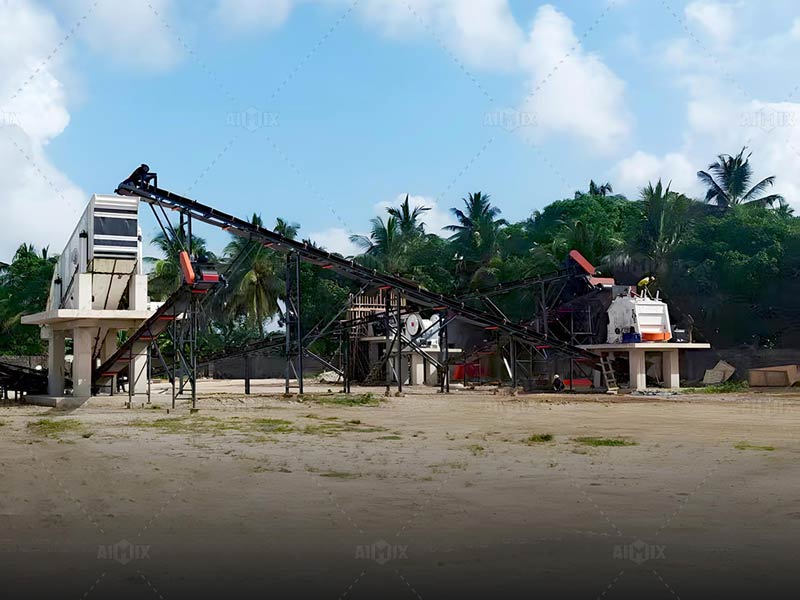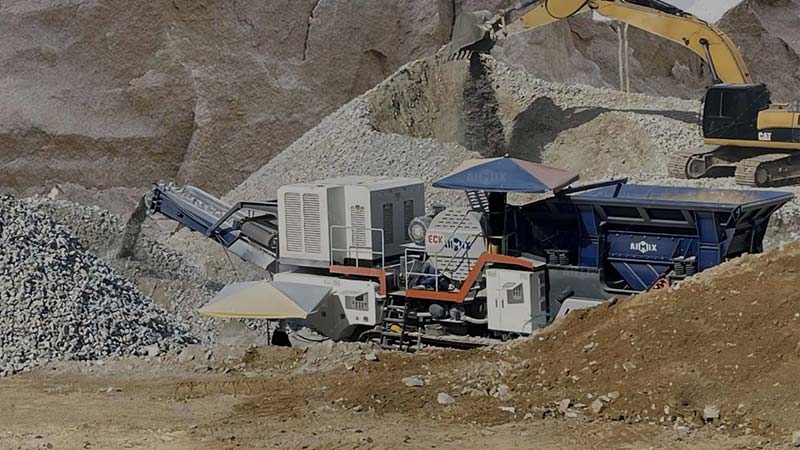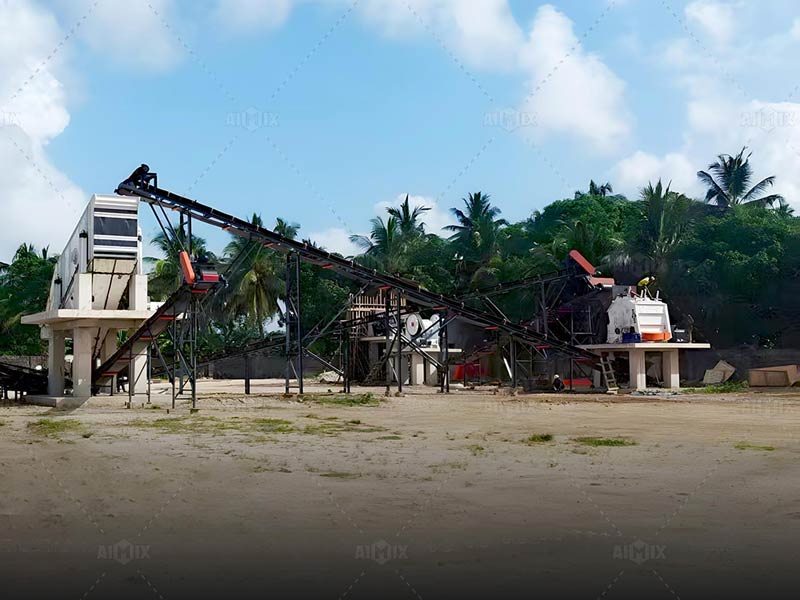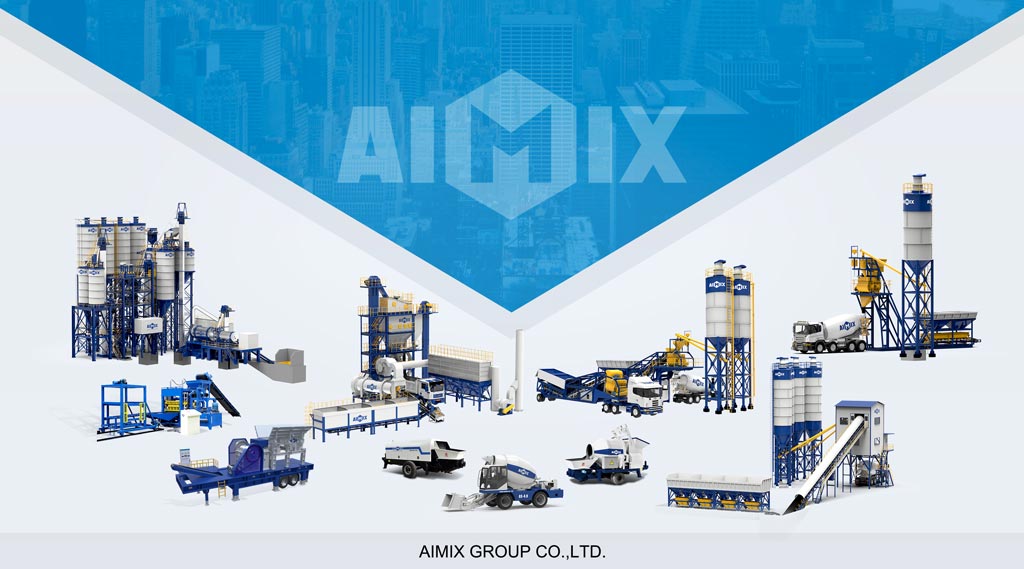Granite isn’t just a pretty face on kitchen countertops—it’s the muscle behind countless construction projects. But the magic doesn’t happen until it’s crushed, sifted, and sculpted into the exact sizes needed, ranging from whisper-fine 0–5mm dust to sturdy 40mm chunks. These sizes from granite crusher machine aren’t arbitrary. They’re the difference between a rock-solid foundation and a total structural flop.
The Role of Particle Size in Granite Applications
Why size matters in construction and industrial use
You can’t just crush granite and hope for the best. The final size determines where and how the aggregate gets used. For instance, 0–5mm fines are essential in making concrete smoother and more workable, while 10–20mm gravel finds its way into roads, drainage beds, and structural backbones. Jump to 30–40mm, and you’re looking at railway ballast or large-scale civil engineering projects.
The wrong size? That’s a recipe for cracked concrete, clogged filters, or underperforming drainage systems. Size, quite literally, shapes performance.

Matching product size with end-use requirements
Each project speaks a different language when it comes to particle size. Ready-mix concrete thrives on the perfect blend—often a tight mix of 10mm and 20mm. Asphalt, on the other hand, leans more into the smaller grades. Large gabion stones need sizes closer to the upper limit of the 40mm mark.
This is why size control isn’t just a checkbox—it’s a deal-breaker. It decides whether a batch of crushed granite becomes premium construction material or gets tossed in the reject pile.
Key Crushing Stages and Equipment for Size Control
Primary to tertiary crushing and how each stage narrows the size
The journey of a granite boulder is epic. First, it meets the jaw crusher, which performs the brutal task of breaking down massive chunks—think 600mm or larger—into manageable pieces. But this is only the beginning.
Next in line: the cone crusher or sometimes an impact crusher for secondary crushing. Here, the rocks are honed down to medium sizes—around 40mm to 20mm. Precision begins to take shape.
The final act belongs to the tertiary crusher. This stage focuses on finesse, churning out finely graded material, often in the 0–10mm range. Some setups go even further with vertical shaft impactors (VSI) to produce sharp-edged, cubical sand from granite dust.

Equipment that makes or breaks the final particle
Different crushers wear different hats. Jaw crushers are brute-force machines—efficient but not subtle. Cone crushers provide balance, allowing adjustable settings to dial in medium-size granules. Meanwhile, VSIs are artists in disguise, refining texture and angularity with uncanny precision.
Screening decks work behind the scenes, sorting crushed rock by size through multiple layers of vibrating meshes. Without screens, you’re just guessing. With them, you’re orchestrating.
Achieving Granular Precision: Techniques and Tips
Using screening, feedback loops, and automation
Getting the right size isn’t luck. It’s a game of calibration. Modern crushers for gravel use closed-circuit systems, where oversize material loops back into the crusher until it fits the grade. This feedback loop ensures nothing too big sneaks through the system.
Automation tools step in with sensors and real-time adjustments, reducing human error. Think of it as cruise control for crushing—smart, consistent, and efficient.
Adjustments that fine-tune output from dust to 40mm
Want more fines? Tighten the crusher setting. Too much dust? Adjust the screen inclination or mesh size. Operators often tweak eccentric throw or CSS (closed-side setting) to match real-world demands. Even small changes—a few millimeters—can have dramatic effects on the particle profile.
Water spray systems can also be added to control dust and improve screening accuracy, especially when targeting the 0–5mm range. It’s not brute force—it’s finesse.
Controlling granite’s final size is a mix of science, art, and machine muscle. From boulders to dust, every step matters. And when it’s done right, you don’t just get the right size—you get the right results.


Comments
No comments yet. Be the first to react!